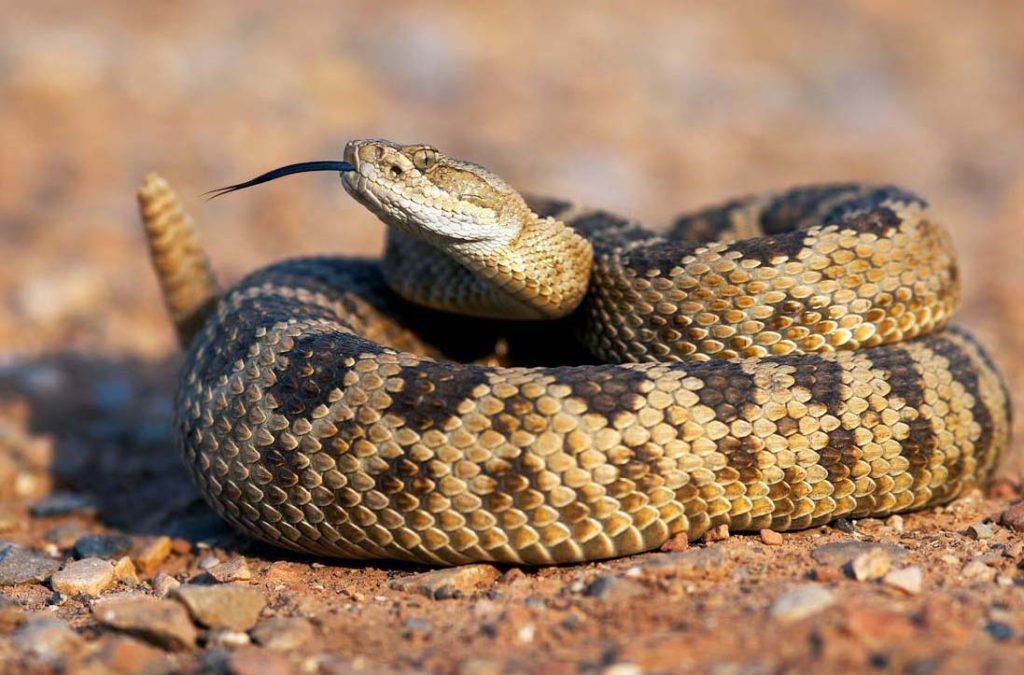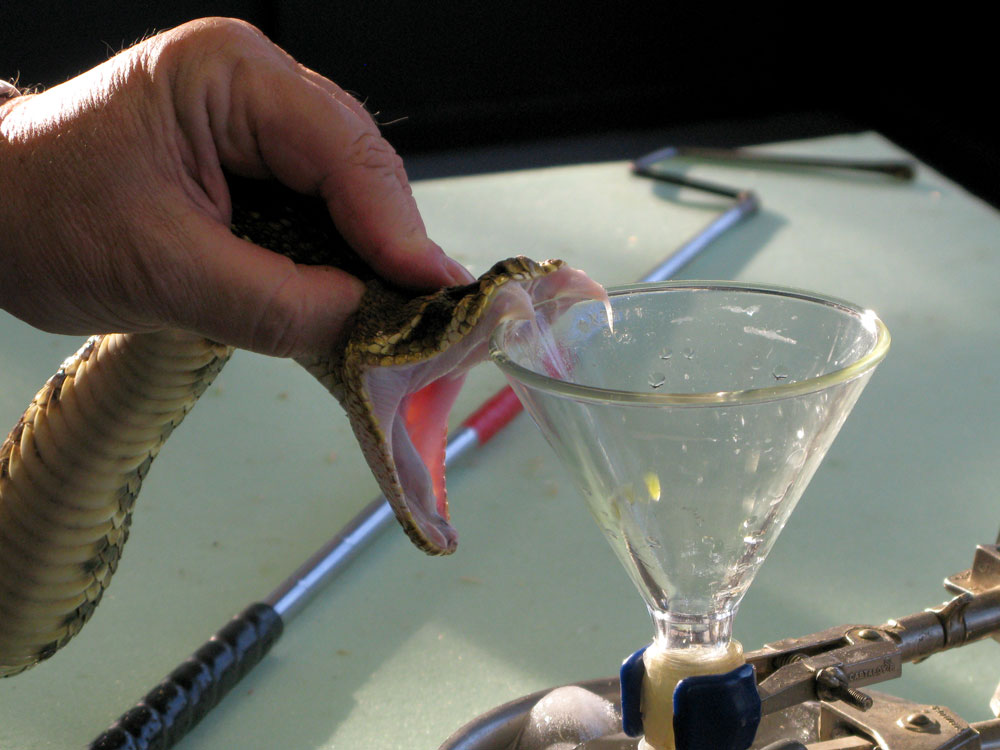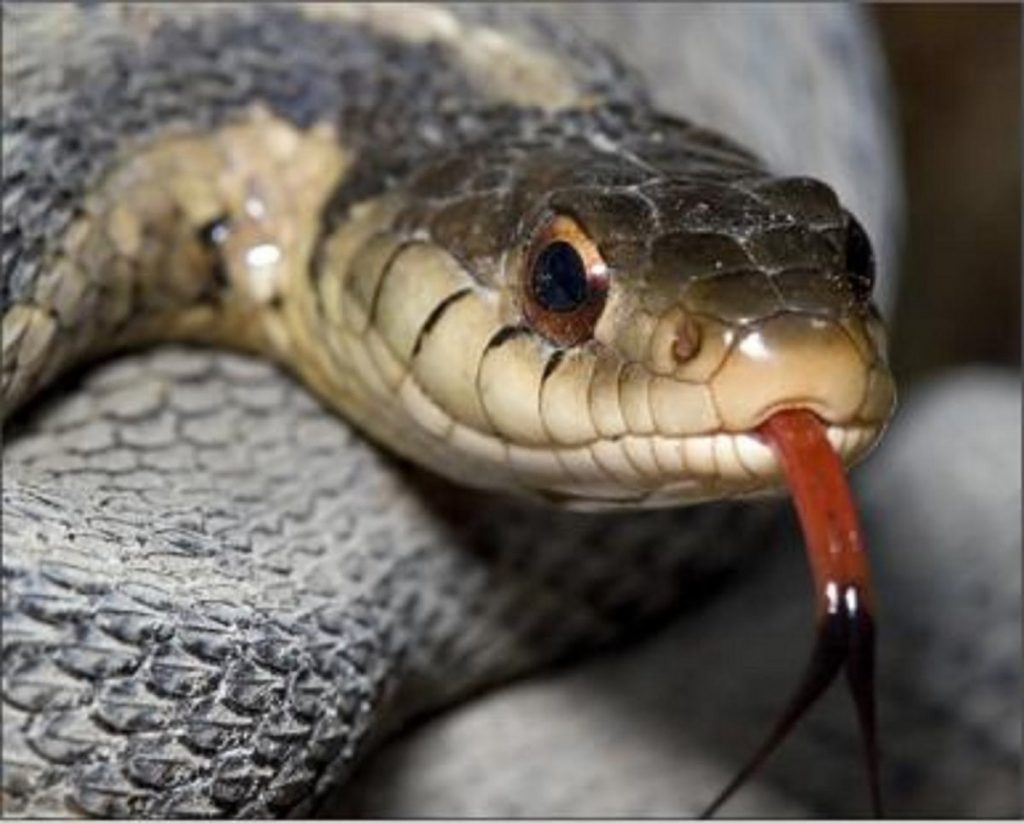Reptiles Amphibians
Can reptiles feel love

Reptiles, such as turtles, lizards, and snakes, are often seen as cold-blooded creatures that cannot show emotion or feel love. But is this true? Can reptiles feel the love? This blog post will explore the possibility of whether or not reptiles can feel love, as well as what experts have to say about it.
What is love?
Love is an emotion of strong affection and personal attachment. It can be felt between family members, friends, or even between two people in a romantic relationship. Love is often expressed through physical or verbal acts of kindness, such as giving gifts, compliments, spending time together, or telling someone how you feel. Love is also often associated with feelings of warmth and happiness. It is a powerful emotion that has been studied extensively throughout history and across cultures. While love has many different definitions, at its core it is simply a deep connection between two people that is based on trust, loyalty, and mutual understanding.
How do we know if animals feel love?
The question of whether or not animals feel love is a complex one and has been debated for many years. The most reliable way to assess the presence of love in animals is to observe their behavior and interactions with other animals.
Studies have shown that some animals display signs of bonding, attachment, and attachment-like behaviors, which can indicate feelings of love. Examples of this include primates grooming each other, cats purring when they are content, dogs wagging their tails in anticipation of human interaction, and birds chirping and singing to attract mates.
In addition to these behaviors, some animals also demonstrate love by displaying body language such as cuddling, licking, and snuggling. These activities can be seen as indicative of emotional bonding between two animals.
However, there is still debate as to whether or not these behaviors are a result of instinctual survival-based behaviors or true feelings of love. Researchers are still trying to understand the complexity of animal emotions and the ability of animals to experience feelings like love.

What about reptiles?
When it comes to reptiles, the question of whether or not they can feel love is a bit more complicated. Reptiles are often thought to lack emotion and have no capacity for affection. However, research shows that some reptiles may have the ability to form bonds with other animals and humans.
Reptiles, like many other animals, can show signs of attachment and even some level of affection toward their caregivers. In some cases, reptiles will recognize their owners and become comfortable around them, approaching when they are called. In other cases, reptiles may even respond to petting and physical contact, allowing their owners to handle them without fear.
In addition, reptiles can form strong bonds with other reptiles, especially if they are housed together from a young age. This can increase their levels of activity and social behaviors, such as basking together or touching one another.
Reptiles can also show signs of sadness and distress if separated from their companion. This indicates that they have formed an emotional connection with their companion, which is indicative of some level of love.
While there is still much we don’t know about how reptiles express love and affection, there is some evidence to suggest that they can feel love in some way. It’s important to keep in mind that this does not mean that all reptiles are capable of experiencing the same level of emotion as other animals, but there is some evidence to suggest that they can form meaningful connections with their owners and companions.
Read Also :
07 Reasons Why Buying Reptiles Can Change Your Life
Exploring the Diverse Rattlesnake Habitats
0 Comments
Leave a Reply
Cancel reply
Reptiles Amphibians
Exploring the Diverse Rattlesnake Habitats

Rattlesnake habitats are some of the most diverse and unique places on the planet. With species ranging from the desert Southwest to tropical forests, these creatures have adapted to a variety of climates and terrains. In this blog post, we will explore the different types of rattlesnake habitats around the world and the amazing adaptations that make these creatures successful in their environments. Get ready to learn about the amazing diversity of rattlesnake habitats!
The Mojave Desert
The Mojave Desert is a harsh and unforgiving environment, but it is also home to some of the most fascinating rattlesnake species. One such species is the western diamondback rattlesnake, which is the most common and well-known rattlesnake in the Mojave Desert. These snakes are often found in rocky areas or among cactus and mesquite bushes.
Another rattlesnake species that call the Mojave Desert home is the canebrake rattlesnake. They are known to inhabit the eastern side of the desert, and their range stretches from southern Utah down to western Arizona. Canebrake rattlesnakes prefer rocky and hilly terrain, where they can blend in with the surroundings and hunt for prey.
The timber rattlesnake also has some habitats in the Mojave Desert, though they are not as commonly found here as in other regions. They prefer areas with rocky outcroppings and can often be found near water sources. However, due to habitat loss and human encroachment, timber rattlesnake populations are declining in many areas of the country.
Overall, the Mojave Desert provides a diverse range of habitats for various rattlesnake species. These snakes have adapted to survive in extreme environments and are an integral part of the desert’s ecosystem. While they may pose a danger to humans, it is important to respect their habitat and understand their importance in the natural world.
The Sonoran Desert
The Sonoran Desert is one of North America’s most biologically diverse deserts. It spans areas of California, Arizona, and Mexico. This desert is home to a variety of rattlesnake species, including the canebrake rattlesnake, timber rattlesnake, and western diamondback rattlesnake.
Canebrake rattlesnakes, also known as western rattlesnakes, have a range that stretches from California to Texas. They are found in a variety of habitats, including grasslands, chaparral, and even forests. Their preferred habitat is in areas with an abundance of prey, such as rodents and small mammals.
Timber rattlesnakes, also known as canebrake rattlesnakes, are found in the eastern part of the United States. They prefer to live in wooded areas and are known for their impressive size and strength. Their preferred habitat is in rocky outcroppings, ledges, and boulder fields.
The western diamondback rattlesnake is one of the most common rattlesnake species found in the Sonoran Desert. They are found in a variety of habitats, including deserts, grasslands, and rocky hillsides. Their preferred habitat is in areas with cover, such as creosote bush and mesquite thickets.

The Great Basin Desert
Located in the western United States, the Great Basin Desert is a vast region that spans parts of California, Nevada, Utah, and Oregon. While it may be known for its breathtaking landscapes and unique geological formations, it is also home to a variety of rattlesnake species, including the western diamondback rattlesnake and the timber rattlesnake.
The western diamondback rattlesnake is found throughout the western portion of the Great Basin Desert. This species is well-known for its distinctive diamond-shaped patterns on its back, which provide it with excellent camouflage in its habitat. It prefers to inhabit rocky outcroppings and desert washes, where it can easily hunt small prey such as rodents and lizards.
On the other hand, the timber rattlesnake habitats can be found in the more forested areas of the Great Basin Desert, particularly in Nevada. These rattlesnakes prefer wooded areas, where they can easily climb trees to bask in the sun or hunt for prey. They are known for their large size and distinctive rattles, which they use to warn predators and humans of their presence.
Finally, the canebrake rattlesnake range can also be found in parts of the Great Basin Desert, particularly in Utah and Nevada. This species is often found near water sources such as springs, creeks, and marshes. It is known for its striking coloration and large size, which can reach up to six feet in length.
Overall, the Great Basin Desert provides a unique habitat for a variety of rattlesnake species, each with its unique adaptations and behaviors. Whether you’re exploring the rocky outcroppings or the forested areas, be sure to keep an eye out for these fascinating creatures.
The Chihuahuan Desert
Located in the southwestern region of the United States and extending into Mexico, the Chihuahuan Desert is home to various rattlesnake species, each with its unique habitat requirements.
The western diamondback rattlesnake is one of the most commonly found in the Chihuahuan Desert. This species can be found in a range of habitats, from rocky hillsides to grasslands and even suburban areas. They are known for their distinctive diamond-shaped pattern along their backs and their venomous bite.
Another rattlesnake species found in the Chihuahuan Desert is the canebrake rattlesnake. This species prefers wooded areas, specifically those with dense understory vegetation, such as thickets of cane or shrubs. They are also known to inhabit wetlands and swamps, and their range extends across much of the southeastern United States.
The timber rattlesnake, a species known for its long, timber-like appearance, can also be found in parts of the Chihuahuan Desert. However, their preferred habitats are typically in deciduous forests or near rocky outcroppings, rather than in the desert.
Overall, the Chihuahuan Desert is a diverse habitat for rattlesnake species, with each species having its unique requirements for survival. As with all wildlife, it’s important to be aware of these habitats and respect the animals that call them home.
Read Also :
The Mysterious Morphology of Snakes
Does your snake act strangely around humans? Here’s what might be going on
Reptiles Amphibians
Does your snake act strangely around humans? Here’s what might be going on

Do you have a snake? Do you wonder why it acts strangely around you? Don’t worry! That could be normal behavior! Here’s how to read your snake’s body language to figure out exactly what he or she might be thinking and feeling…
Reasons snakes behave differently around humans
They’ve stressed: Snakes do stress out when you walk into their enclosure unannounced and approach them without warning. They don’t know if you’re a threat, so they will either try to hide from you (which could lead to biting) or lash out at you in defense—and snakes’ first line of defense is always to bite first and ask questions later! Some species are more defensive than others, so it’s always important to look up information about a specific breed before visiting an owner’s home, especially if young children are present. Reptiles also have excellent memories, so if they remember something stressful happening while they were in a certain place with a certain person, they may still feel anxious or threatened when someone returns even after several months have passed.
They’re too hot or cold: Just like people, reptiles can overheat or get frostbite just as easily as they can become hypothermic. This happens most often during winter months but can happen year-round depending on how warm/cold your house is kept. If you’ve been outside all day in freezing temperatures and come inside to find that your reptile has been left alone all day without proper heating, there’s a good chance he’ll be cranky upon seeing you! The same goes for leaving him outside during summer heat waves without access to shade and fresh water; he’ll likely want nothing to do with you once he gets back inside. Temperature regulation is one of your biggest responsibilities when it comes to keeping your pet healthy and happy.

They’re hungry: Snakes are carnivores by nature, so if they haven’t eaten in a while (like overnight), chances are pretty good that their blood sugar will be low when you walk into their enclosure. When an animal’s blood sugar drops too low, it becomes irritable—and if its natural reaction isn’t to flee from danger but rather lash out at whatever startled it, then we have a problem! Hungry snakes may also try to eat anything near them when approached by someone holding food (including hands!), so if yours has ever bitten you before while feeding him, consider using tongs instead of fingers next time.
They’re not feeling well: Just like us, reptiles can get sick and catch diseases just as easily as they can get colds and flu. If you notice any changes in your pet’s behavior or appetite, take him to see his vet immediately. If he does have something wrong with him, then giving him time and space for his body to fight off infection is much more humane than forcing interaction upon a sick animal who doesn’t feel well enough for human interaction yet.
Read Also:
Caring for Pet Snake
Reasons Why Buying Reptiles Can Change Your Life
Reptiles Amphibians
Who Uses Snake Repellers

Snakes can be a frightening presence in your yard or garden, but luckily there are ways to keep them at bay. Snake repellers are a popular and effective way to deter snakes from entering your property. But who uses snake repellers? In this blog post, we’ll discuss why people use snake repellers and how they work.
People who have a fear of snakes
The use of snake repellers can provide a sense of security to those who suffer from ophidiophobia, or the fear of snakes. For these individuals, it is important to have a way to avoid any potential danger that could arise from an encounter with a snake. By using a snake repeller, they can repel any nearby snakes and keep them away from their property. The device works by emitting an ultrasonic sound that irritates the snake’s auditory system, driving it away. In addition, the light on the repeller may also help scare off the snake. With a snake repeller, those who have a fear of snakes can sleep easier at night knowing that they are protected from any potential danger.
People who live in areas with a lot of snakes
If you live in an area that is home to a large number of snakes, you may be considering a snake repeller. This is especially true if you have children or pets, or if you spend a lot of time outdoors.
A snake repeller works by sending out sonic vibrations or ultrasonic waves that snakes find uncomfortable. This can deter them from entering your yard and give you peace of mind that your family, friends, and pets will be safe.
The key to using a snake repeller successfully is making sure you are using the right one for the type of snakes that are in your area. Different types of snakes may respond differently to different frequencies and intensities of vibration, so it is important to do some research and make sure you are getting a product that will be effective in your area.
It is also important to position the device correctly, as some may need to be mounted on poles while others can be laid directly on the ground. Additionally, most snake repellers need to be replaced at least every two years, depending on their battery life and usage.
By investing in a good quality snake repeller, you can rest assured that your home and yard will be protected from unwanted visitors.
People who want to keep snakes away from their property
Snakes can be frightening and dangerous, and many people want to keep them away from their property. Several methods can be used to repel snakes, including snake repellers. Snake repellers are designed to create a sound or vibration that will make snakes feel uncomfortable and move away from the area. They can be placed around the perimeter of a property to keep snakes out and away from the house, garden, and other areas. Many snake repellers also come with an LED light that flashes when the device is activated. This can help to further scare off any snakes in the vicinity. It’s important to understand that snake repellers are not a permanent solution for keeping snakes away from your property, but they can provide a short-term deterrent.

People who work in professions that involve handling snakes
Snake handlers are an important group of people who use snake repellers. These professionals are typically responsible for collecting, transporting, and relocating snakes from one location to another. Snake handlers also use snake repellers to deter snakes from entering certain areas or structures, including residential and commercial buildings.
Snakes can be dangerous and unpredictable, making them difficult to handle. That’s why snake handlers must be highly trained and experienced to handle them safely and effectively. Snake repellers provide an additional layer of protection, helping snake handlers maintain a safe distance between themselves and the snakes they’re handling.
Snake handlers also use snake repellers to keep their workplace safe. When they’re out in the field, they rely on these devices to help keep snakes away from their equipment, vehicles, and other supplies. This allows them to work with more confidence knowing that they have taken the necessary steps to protect themselves and those around them.
In addition to snake handlers, many animal control companies also use snake repellers to help keep snakes away from residential and commercial properties. This is especially important for properties located in areas with a high number of snakes. By using snake repellers, these companies can help keep people safe from potential snake encounters and protect the property from any damage caused by the presence of snakes.
People who study snakes
If you have a passion for reptiles, then studying snakes might be the career path for you. As a snake biologist or herpetologist, you’ll be researching the behavior and physiology of snakes in the wild. You’ll be in charge of developing and managing snake conservation plans as well as trying to discover more about these fascinating creatures.
A snake biologist can work on several projects from studying how climate change is affecting snake populations to determining the best ways to manage invasive species of snakes. You may also study snake behavior and how they interact with their environment. You may also work on reintroducing native species of snakes that are struggling due to habitat destruction.
Snake biologists typically work in labs or the field doing research and collecting data. They often use specialized equipment and techniques to observe and measure snakes. This type of research is necessary to help protect and manage snake populations.
Studying snakes is an exciting and rewarding career for those who have a passion for reptiles and want to make a difference in the world. It’s important to remember that safety is always a priority when dealing with snakes and it’s essential to use proper safety gear. With the right training and knowledge, anyone can become a successful snake biologist.
Read Also :
Reasons Why Buying Reptiles Can Change Your Life
The Mysterious Morphology of Snakes
Caring for Pet Snake
Trending

 Cats1 year ago
Cats1 year agoDon’t Feed Your Cat These 8 Foods!

 Cats11 months ago
Cats11 months agoWhy Do Cats Spray and How Can You Stop Them? Insights into Urine Spraying in Male Cats

 Cats10 months ago
Cats10 months agoThe Ins and Outs of Cat Sterilization: Removing the Female’s Ovaries

 Cats10 months ago
Cats10 months agoPre-Vaccination Prep: Getting Your Cat Ready

 Cats9 months ago
Cats9 months agoWhy Kittens are Born Dead or Deformed

 Dogs2 years ago
Dogs2 years agoSo You’re Thinking About Getting a Poodle

 Dogs10 months ago
Dogs10 months agoWhat to Do With Your Dog’s Body After Death: A Guide for Pet Owners

 Cats9 months ago
Cats9 months agoSigns of Cat Pregnancy Week by Week


















Pingback: How often does a lizard eat - Gentel Life Plus
Pingback: Myths about lizards - Gentel Life Plus
Pingback: How often does a lizard eat - Gentel Life Plus
Pingback: Myths about lizards - Gentel Life Plus